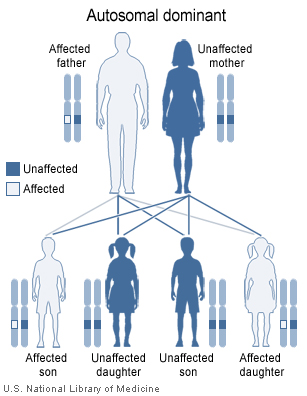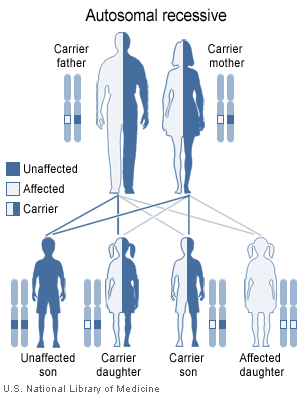Polycystic kidney disease pathophysiology
|
Polycystic kidney disease Microchapters |
|
Differentiating Polycystic kidney disease from other Diseases |
|---|
|
Diagnosis |
|
Treatment |
|
Case Studies |
|
Polycystic kidney disease pathophysiology On the Web |
|
American Roentgen Ray Society Images of Polycystic kidney disease pathophysiology |
|
Risk calculators and risk factors for Polycystic kidney disease pathophysiology |
Steven C. Campbell, M.D., Ph.D. Cafer Zorkun, M.D., Ph.D. [1]
Pathophysiology
Recent studies in fundamental cell biology of cilia/flagella using experimental model organisms like the green algae Chlamydomonas, the round worm Caenorhabditis elegans and the mouse Mus musculus have shed light on how PKD develops in patients. All cilia and flagella are constructed and maintained, including localizing of proteins inserted into ciliary and flagellar membranes, by the process of intraflagellar transport. Environmental sensing and cellular signaling pathways initiated from proteins inserted into ciliary/flagellar membranes are thought to be critical for normal renal cell development and functioning. Membrane proteins which function in developmental and physiological environmental sensing and intracellular signalling are sorted to and localized to the cilia in renal epithelial cells by intraflagellar transport. These epithelial cells line the lumen of the urinary collecting ducts and sense the flow of urine. Failure in flow-sensing signaling results in programmed cell death or apoptosis of these renal epithelial cells producing the characteristic multiple cysts of PKD. PKD may result from mutations of signaling and environmental sensing proteins, or failure in intraflagellar transport. Two PKD genes, PKD1 and PKD2, encode membrane proteins which localize to a non-motile cilium on the renal tube cell. Polycystin-2 encoded by PKD2 gene is a calcium channel which allows extracellular calcium ions to enter the cell. Polycystin-1, encoded by PKD1 gene, is thought to be associated with polycystin-2 protein and regulate its channel activity. The calcium ions are important cellular messengers which, in turn, trigger complicated biochemical pathways which lead to quiescence and differentiation. Malfunctions of polycystin-1 or polycystin-2 proteins, defects in the assembly of the cilium on the renal tube cell, failures in targeting these two proteins to the cilium, and deregulations of calcium signaling all likely cause the occurrence of PKD.
PKD and the "two hit" hypothesis:
The two hit hypothesis (aka Knudson hypothesis ) is often used to explain the manifestation of polycystic kidney disease later in life even though the mutation is present at birth. This term is borrowed from cancer research stating that both copies of the gene present in the genome have to be "silenced" before cancer manifests itself (in Knudson's case the silenced gene was Rb1). In ADPKD the original "hit" is congenital (in either the PKD1 or PKD2 genes) and the subsequent "hit" occurs later in life as the cells grow and divide. The two hit hypothesis as it relates to PKD was originally proposed by Reeders in 1992.[1] Support for this hypothesis comes from the fact that ARPKD patients develop disease at birth, and somatic mutations in the "normal" copy of PKD1 or PKD2 have been found in cyst-lining epithelia
Genetics
The disease exists both in an autosomal recessive and an autosomal dominant form.
Autosomal dominant form
The autosomal dominant form, called ADPKD (autosomal dominant PKD or "Adult-onset PKD") is much more common but less severe. In 85% of patients, ADPKD is caused by mutations in the gene PKD1 on chromosome 16 (TRPP1); in 15% of patients mutations in PKD2 (TRPP2) are causative. A third locus PKD3 is the cause of a very small percentage of cases.

Autosomal recessive form
The recessive form, called ARPKD (autosomal recessive polycystic kidney disease) is the less common variant. Mutations in the PKHD1 (chromosomal locus 6p12.2) cause ARPKD.

Other types
A small number of families with polycystic kidney disease do not have apparent mutations in any of the three known genes. An unidentified gene or genes may also be responsible for this disease. In this case, the disease is designated "PKD3".
References
- ↑ Reeders ST (1992). "Multilocus polycystic disease". Nat. Genet. 1 (4): 235–7. doi:10.1038/ng0792-235. PMID 1338768.